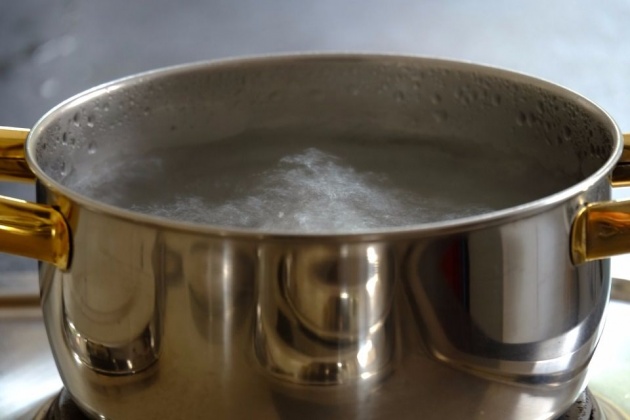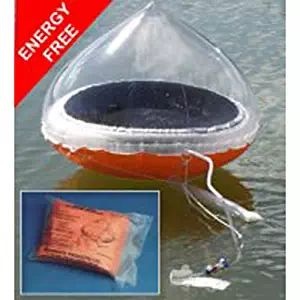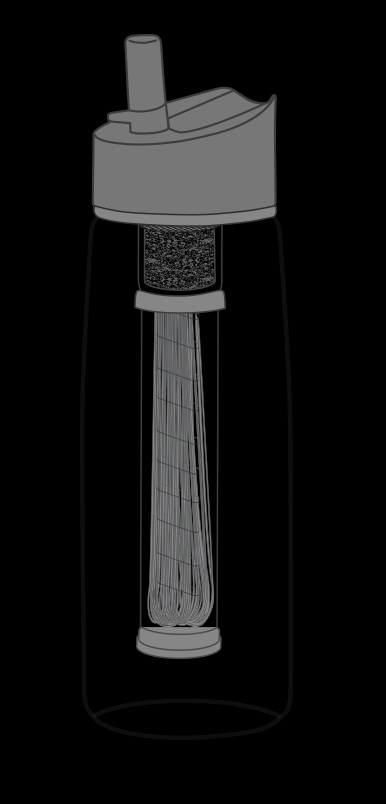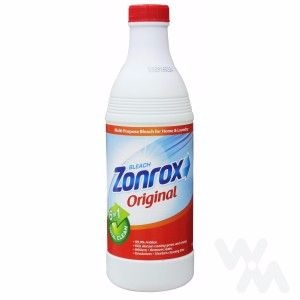Five Ways to Purify Water

Photo credit to ERguille from pixabay.com
Hi, I'm not really in the mood to write today as I have writer's block (from breaking my writing momentum). Yet the best way to beat writer's block is to write no matter how long it'll take to finish. So here I am again with another prepping topic and it's about (five) ways to purify water.
Water is a necessity. Our body is made up of 70% water and it should be replenished everyday. According to the rule of three in survival, we can live for three days without potable water. Some people can withstand not drinking for longer days, but three days is the average. Heck, I think I can't even last a day without imbibing precious H2O!
You see, it's a smart option to bring a bottle or two of H2O, but if you're camping out for days in a mountainous region--alone or with very few people--carrying a 5 gallon of water isn't the wisest decision. The next best thing is to resupply your drink in a body of water, be it in a pond, lake, stream or river. But water sourced from these have many pathogens and debris; that's where water purification methods come in handy.
There are many ways to purify water, some list can enumerate 10, but here I'm only going to tackle half of that. You can purify water by the following:
Purify Water By Boiling

Photo credit to music4life from pixabay.com
To purify water by boiling is the most economical method to clean your water of pathogens, although it may not disinfect your H2O from tiny debris. The trick, which applies to all methods of water purification, is to cover the mouth of your water container with a cloth (like your shirt or shemagh), acting as a filter from big and tiny water debris when collecting H2O.
To purify water by boiling, you should heat water for at least 20 minutes to be sure to kill all harmful microbes. Any shorter and it might pose a threat to your health, making this water purification method useless. Some advice that if you reach a rolling boil, extend boiling it for another 10 minutes, because the duration of bringing water to a boil would differ according to one's altitude. This method is suitable in all weather conditions, especially in snowy regions.
You should also only use single-walled stainless steel water bottle or a hard, borosilicate glass bottle if you don't have a cooking pot with you for boiling. You can cool it off for a while and drink it straight on the bottle. Convenient ain't it?
Purify Water By Solar Still

from amazon.com
The first moment I encountered this device, I was amazed because it can even convert salt water to fresh water! But when I checked its price on amazon.com, my heart sank because it is quite expensive. Still, there are makeshift versions of a solar still that are also efficient in disinfecting water.
What is a solar still exactly? Basically it is a distillation device. You put "dirty" water at its base, then cover it with a clear case, such as glass or plastic. Wait for a while as the clear case catches tiny drops of water that are now distilled and transfer it to another clean water container.
The heat of the sun converts the contaminated water to gas (evaporation), then that gas gets trapped under the clear case. It then cools down, changing from gas to liquid (condensation), forming as tiny droplets. The droplets are then collected for drinking.
 from researchgate.net
from researchgate.net
There is another version on how to purify water by solar still. You dig a hole on the ground or set up a large basin, place a water container in the middle, surround it with leaves or dirty water, cover the hole or large basin with plastic and place a small rock at the top of the plastic. Somehow, this setup should look like this:

from howtosmile.org
To purify water by solar still is a water purification method that takes patience and environmental factors should be considered in using it. It is not suitable in snowy regions because the water will freeze. You will also have a hard time using this in desert regions because:
a) finding a water source in a desert is slim to none,
b) replacing contaminated water with a handful of succulent leaves like cactus will yield you more or less than a cup of water if left out in the sun for a whole day, and
c) you will find it uneconomical because it will seep the life out of you just by setting it up.
Video credit to All 4 Adventure from youtube.comYou have better luck in collecting rainwater when you're in a region like Arizona. It's useful when you're near the ocean, though. And it's the only water desalination method on this list, so it is indispensable. To speed things up, you can boil the dirty water and collect the steam until it condenses.
Purify Water by Water Purification Tablet
 from amazon.com
from amazon.com
This is the most convenient to carry among the five. There are many brands with different chemical make up in order to purify water by water purification tablet. There's this called Aquatabs, then the Iodine Tablets, and so on and so forth. In the Philippines, if you're interested to test or carry a couple around, you can buy Aquatabs at The Generics Pharmacy (for Php 6.00/tab).
Chemicals like iodine, chlorine, and/or sodium kill the microbes in the water if left for 30 minutes (longer if the water is murky and cold). There are variations on how much liter of water one tablet can purify, but 2 liters is the average.
I only tried one and it is none other than the one widely available here (Aquatabs). The magic chemical of this brand is called Troclosene sodium (NaDCC). It's a small, white effervescent tablet. The taste and quality of water, however, is odd but forgivable..
Many preppers say iodine tablets have some aftertaste and they advice to add in crushed vitamin c after 30 minutes to neutralize the taste. So why bother using this if other water purification tabs are more convenient? I've been contemplating on this before, and my thoughts about it cleared up when I've read that you use iodine tablets to clean radioactive contaminated water. In fact, after the nuclear reaction explosion incident in Japan, their government gave away iodine tablets to use in their drinking water. Iodine tablets are effective in absorbing radioactive iodine (a byproduct of uranium) in water. When you imbibe this water, your thyroid won't absorb the radioactive iodine as the iodine tablet already worked its wonders.
Did You Know?
Did you know that one of the ways to purify water is by using bleach (yes, the Zonrox, Original)? If boiling isn't an option, there is no sun, and you're left with nothing but household items, you can disinfect your drinking water with unscented, void of dye, household bleach. The ratio is two drops of this liquid to a liter of water. However, bleach deteriorates over time affecting its effectiveness, so if you plan to store this product to clean your water, do a rotation (hey, the rotation system is not only for food.
Purify Water by Personal Water Filter
This blog post is getting long, so I'm cutting the crap and getting to the point. The famous device to purify water by personal water filter is the Lifestraw.
 from lifestraw.com
from lifestraw.com
I find it cheap (though I haven't bought one because I find it unappealing). Still it earns its place here because most backpackers find it convenient. It can mechanically filter up to a thousand liter of water. You can use it directly on contaminated water and it'll do it's magic of filtering microbes and organic debris. The plastic material is BPA free so you won't get paranoid if contaminants will leach through as you drink. It is also lightweight and very portable (shorter than a 12-inch ruler). If you want to clean it, use it to sip in water and then blow the water out; let it dry afterwards.
Downsides: It doesn't filter saltwater. Also, it is a bit fragile as it can break if accidentally hit on a rock. Lastly, you won't accurately gauge in how much water you've already filtered using Lifestraw.
 Lifestraw Go, using 0.20 microns of filter. from lifestraw.com
Lifestraw Go, using 0.20 microns of filter. from lifestraw.com
Purify Water by UV Water Purifier
 from amazon.com
from amazon.com
If talking about UV water purifier, the Steripen comes to mind. Ultraviolet rays (UV rays) halt the reproduction of pathogens by destroying their DNA, thereby purifying H2O. You can also use the power of the sun to kill microbes, but it may take awhile and it might not be as efficient than sticking a UV light in the water itself. Steripen is battery powered; it has other downsides but it has its novel uses, like purifying about eight thousand liters or more. It also doesn't leave an aftertaste and can disinfect water in a few minutes. Watch it do its magic:
Video credit to TheOutdoorGearReview from youtube.comThis purifier only works when the contaminated water is clear. Otherwise the method to purify water by UV water purifier with muddy or cloudy water would be of no use.
Disclaimer: P/V not mine. Writeup 0.0000% plagiarized.

 from
from 

